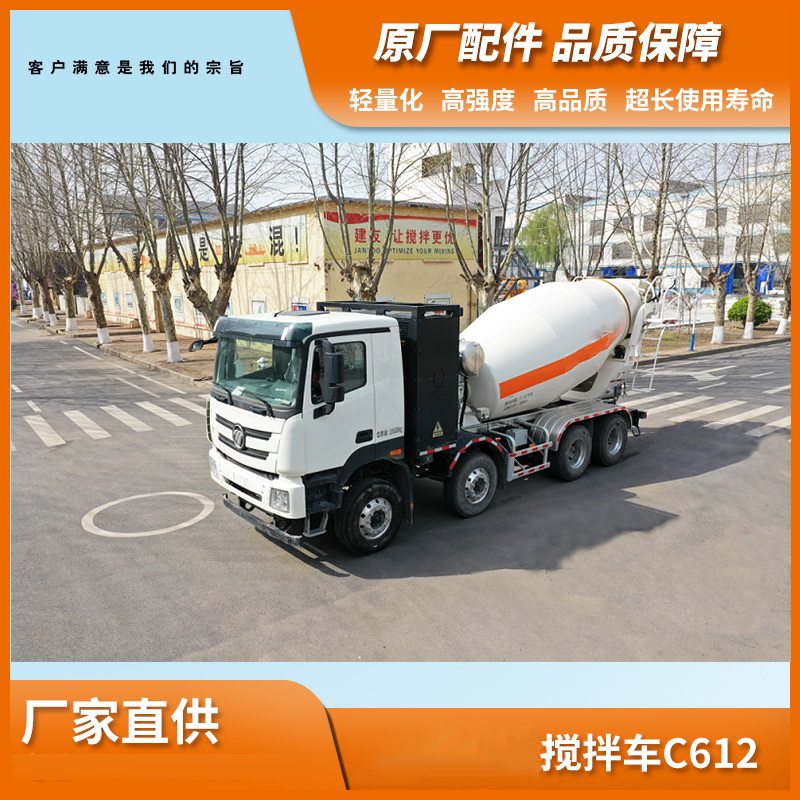In the world of construction, sustainability is often discussed but not always well understood, especially when it comes to the more technical aspects like an underbed material batching plant. People frequently overlook the nuances, assuming any modern setup automatically ticks the green box. But is that really the case? Let’s delve into some firsthand insights.
Oinarriak ulertzea
First, let’s get to grips with what an Underbed Material Batching Plant actually entails. We’re talking about the facilities that blend conjunct materials for construction, often tucked away, working silently under the radar. Zibo Jixiang Machinery Co.,Ltd., for example, has been a pioneer in this field, establishing itself as the first large-scale backbone enterprise in concrete mixing and conveying machinery in China. You can explore more on their official website, Zibo Jixiang Makineria Co., Ltd.
Now, in terms of sustainability, the basic idea is ensuring these plants are not just efficient in production but are also minimizing their environmental footprint. This means looking at energy consumption, waste management, and how they impact the local environment. It’s a delicate balance, to say the least.
One issue that often arises, for instance, is the source of the materials. Are they locally sourced? If not, the carbon footprint from transport could be significant. And even if they are local, how are they extracted? Each answer shifts the sustainability scale.
Energy Consumption Challenges
Energy is a critical piece of the puzzle. Let’s not mince words—these plants are energy-hungry beasts. The challenge is finding renewable energy sources or optimizing existing systems to reduce consumption. Some facilities have made impressive strides, like integrating solar panels or utilizing waste heat recovery systems. Yet, this is not universal.
From what I’ve seen, even when renewable solutions are on the table, the initial investment can be daunting. Smaller companies, unlike giants like Zibo Jixiang Machinery Co.,Ltd., might struggle to justify the upfront costs. It’s a classic catch-22: you need money to save money.
However, those who manage to make the leap often find the savings on energy bills worth the gamble in the long run. But it’s not just about saving money. It’s about securing the environmental license to operate in the eyes of regulators and communities.
Waste Management and Its Complexities
Waste is the next prominent hurdle. The material batching process is inherently messy. Dust, unused materials, runoff—each plant handles these differently. The best in the business have robust recycling systems in place, turning what would be waste into an asset. But that’s an ideal scenario.
In reality, many facilities lack the incentive or knowledge to implement such systems. This is especially true in regions with less stringent environmental regulations. It’s a bit of a paradox: the places that could benefit most from sustainability initiatives often fall short due to regulatory gaps or cost concerns.
Then there are innovations like using by-products from other industries. These can effectively reduce waste but require good partnership and innovative thinking. Fortunately, many companies are starting to see the value in such collaborations.

Impact on Local Environment
The location of a batching plant can significantly influence its sustainability. Proximity to raw materials, transportation links, and the workforce must all be considered. For example, an ideal site might be close to quarries or near railroads for efficient material transport.
Yet, the local impact is not just about geography. Plants must also contend with emissions—both noise and particulates—and their consequences for nearby communities. Ensuring ongoing communication with local residents and stakeholders is crucial.
One must also consider the plant’s visual intrusion into the landscape. It sounds minor, but community acceptance often hinges on such factors. Ultimately, ensuring a minimal footprint through thoughtful design and operation can make a huge difference.

Etorkizuneko norabideak eta berrikuntzak
Looking ahead, the industry is ripe for innovation. Advances in automation and smart technologies are pointing the way towards even more sustainable operations. Sensors monitoring emissions in real-time, automated adjustments to reduce waste, and predictive maintenance to prevent breakdowns are just a few of the advancements on the horizon.
Moreover, the collaborative push towards industry-wide standards on sustainability can drive improvements. Companies like Zibo Jixiang Machinery Co.,Ltd. can lead the charge by setting benchmarks others strive to meet. The ripple effect across the sector would be enormous.
Ultimately, it’s not just about ticking the checkbox for green credentials. It’s about genuinely embedding sustainability into every layer of operation. As the construction industry grapples with these challenges, the leaders will be those that view sustainability not as a cost but as an opportunity. That perspective, as much as the actual technologies, will define the future of underbed material batching plants.
Post ordua: 2025-10-13
